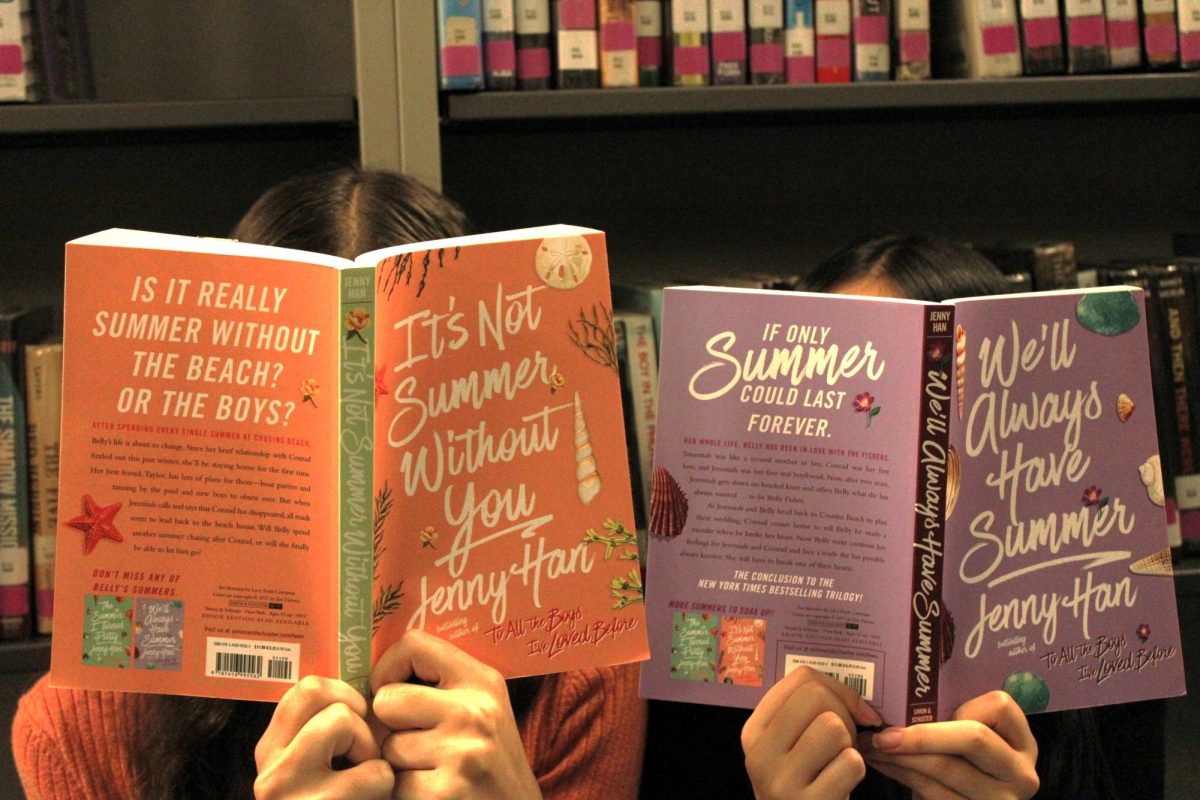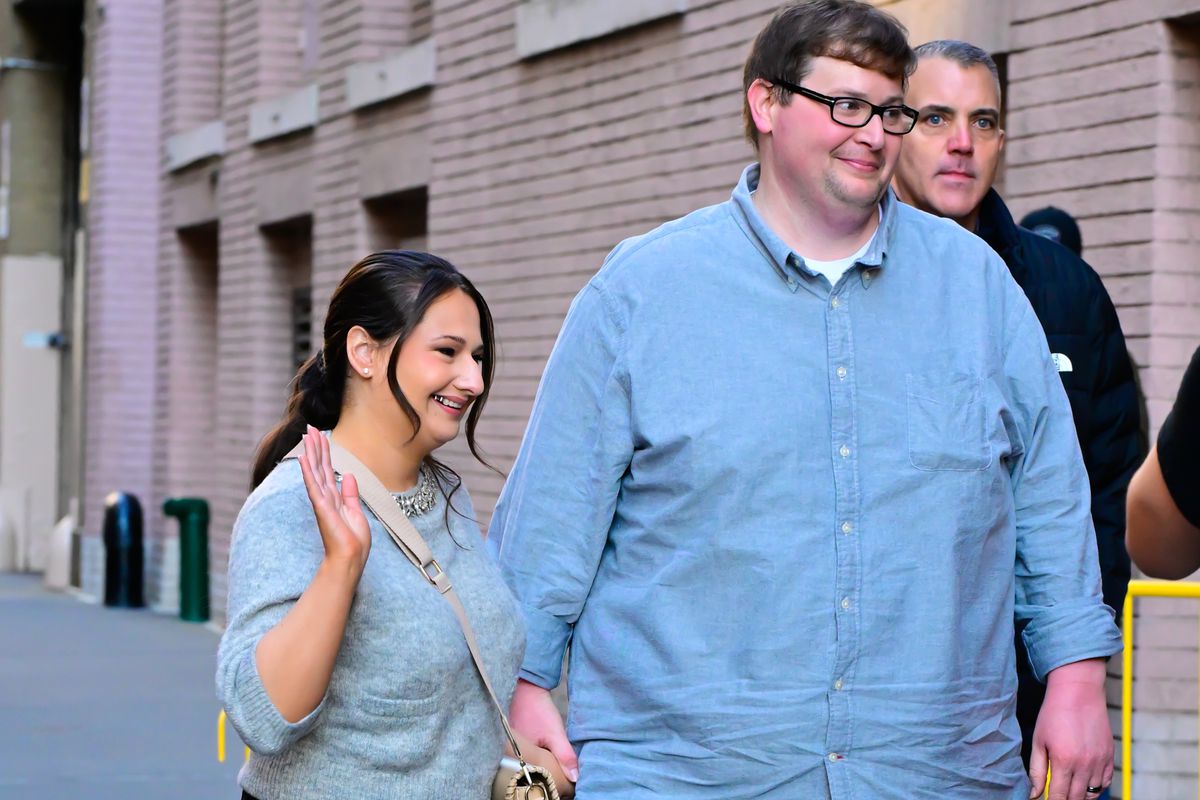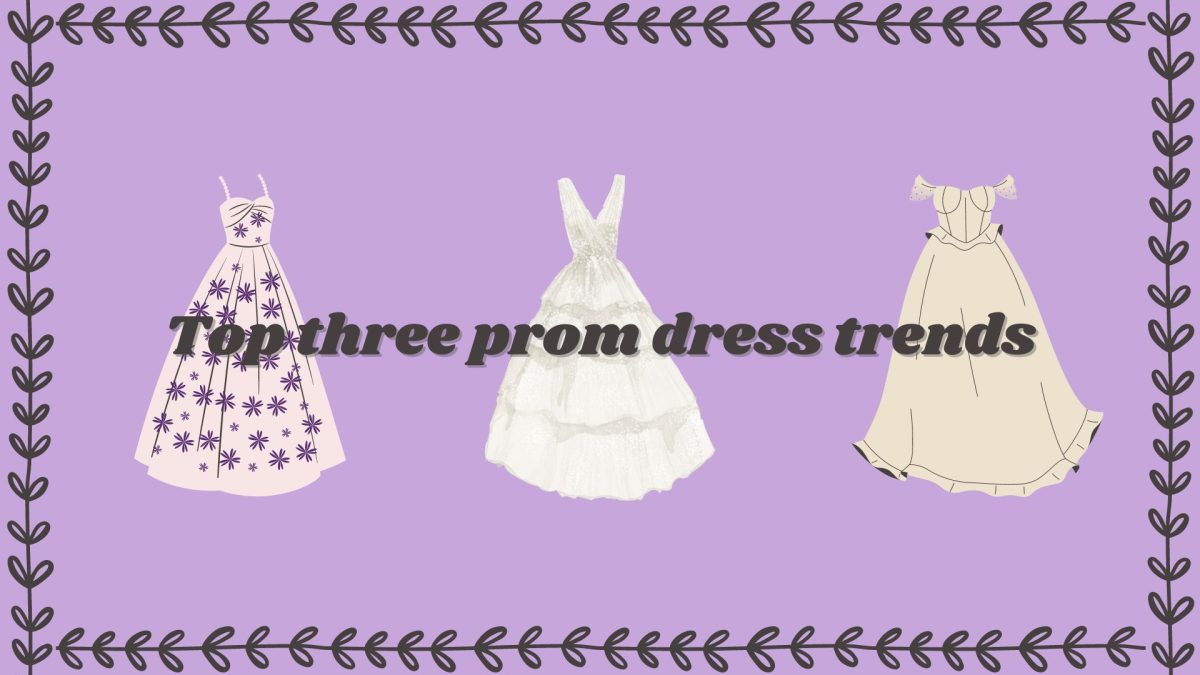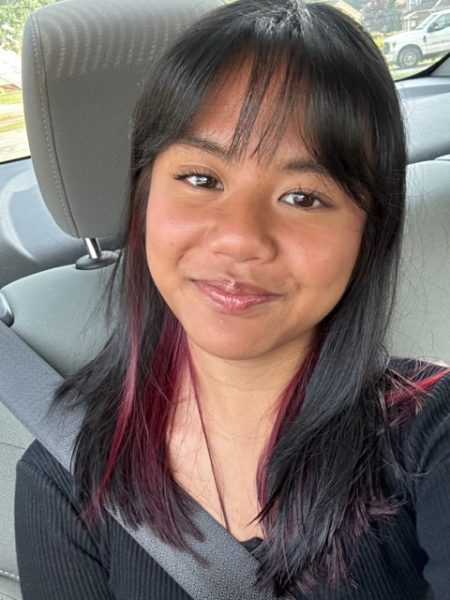With her published works coming to life on the big screen, author Jenny Han forges her way onto the Hollywood scene. Through this, she gained a cult. Her recent directorial display with the show “The Summer I Turned Pretty” showcased her beloved characters move from the pages to Amazon’s Prime Video. In Han’s works, the Asian-American identity remains a common characteristic in her famous main protagonists. As the romance in her works draws in a dedicated audience, the main protagonists, Laura Jean Covey and Belly Conklin, consistently become paired with a white American love interest. Though her characters allow for the representation of Asian Americans to a wider audience, they remain in spaces away from other Asian characters which hinder the development of their heritage.
As her characters continue to come to life, their environment lacks a presence of other minorities, and the characters find themselves in predominantly white spaces. In “To All the Boys I’ve Loved Before,” the main character Laura Jean appears in events and scenes where she stands as the only minority, or alongside the select minority side characters that stand in the back. Alongside her Asian protagonists, a white best friend stands by their sides and pushes the main character to rebel or break the rules. This insinuates the idea of the Asian character as the shy and obedient person, adding to the common conception of the model minority idea subjected toward Asians. Additionally, preventing the character from surrounding herself with their own culture ignores an important topic of connecting with one’s own culture among first-generation immigrants and multi-ethnic people. All of Han’s live-action characters clearly demonstrate their mix of Asian and white descent but seem to only connect to their white side with the peers they surround themselves with. Consequently, the characters neglect to acknowledge their Asian side.
When there stands an opportunity in which the characters can explore their Asian heritage, it emerges only for moments before quickly vanishing. When addressing Laura Jean’s Asian heritage in the third movie, only arises once putting her travels to Korea in a two-minute-long montage scene in the beginning and the rest of the movie focusing on her romance with her white love interest. In “The Summer I Turned Pretty”, the Asian-American experience does not come through the main protagonist Belly, but through her brother, who again only stands as a topic for only one short moment in episode five.
“I believe it’s very important for people from minority groups to have representation in the media because it provides a sense of belonging and inclusion. If I see someone that looks like me. it’s an opportunity to see people like me be in roles that were not represented before,” magnet senior Sarah Abdullah said.
Romance remains the main focus of each of the directed shows, drawing in audiences to the heartwarming scenes and nail-biting tension between lovers on the screen. The relationship dynamics can seem redundant, as white Americans always become the chosen love interest for the main protagonist. “The Summer I Turned Pretty” and “To All the Boys I’ve Loved Before” end with the main character ending up with their white significant other, lacking diversity with the work’s choice of partners. Furthermore, the show does not focus on the development of the characters—instead, they work to support their white love interest. In the last movie of the “To All the Boys I’ve Loved Before” trilogy, the storyline mainly focuses on her romantic relationship with her white boyfriend instead of her journey of planning her own journey into college and discovering her own identity. In “The Summer I Turned Pretty,” Belly’s character development becomes hindered by her love triangle between her white love interests, the Fisher brothers. Her storyline seems to surround her relationships with each brother and not her own development as she deals with traumatic events in the show. In the spring of 2023, Minnie Mills who plays Shalya in “The Summer I Turned Pretty” posted an announcement of her departure on Instagram. In her post, she mentions that white validation from her partner remained unnecessary.
“In an industry — and especially genre — where women of color are constantly defined by white men, and Asian characters are often portrayed as meek and invisible until seen by a white counterpart, Shayla was unapologetically herself. She took up space, she was confident, kind and compassionate: a fully fleshed, powerful woman all on her own. She didn’t need to prove that to anyone, she did not need a white boy to deem her worthy, she didn’t have to grapple with her identity in order to be beautiful or the ‘it’ girl. Being Asian was simply part of who she was, not an obstacle to who she wanted to be” Mills said.
Although her works focus mainly on the romance aspect of each of her characters, the inclusion of minority groups remains an important issue as the topic of diversity becomes a conversation in Hollywood. Han has said she fought for Asian Americans to play the roles of her female main characters, but it seems merely performative. The Asian main characters’ romances with their White love interest limits the mention of their heritage, so the intention of adding Asian Americans for representation appears superficial. Moreover, the overshadowing of their identities takes place with existing as one of the few minorities who make an appearance. The inclusion of other minorities or switching up the dynamic of the Asian-and-white relationships can remain an essential aspect toward benefiting the representation in Han’s works.















